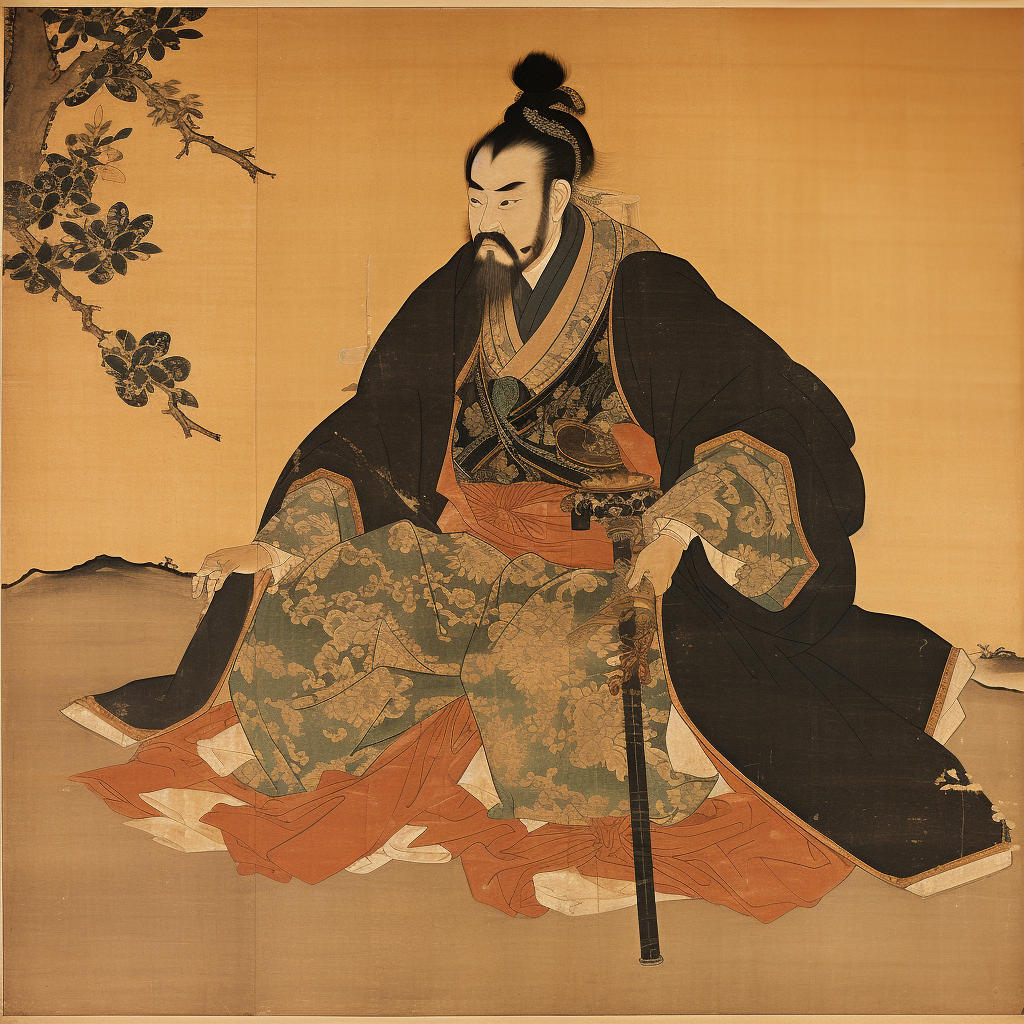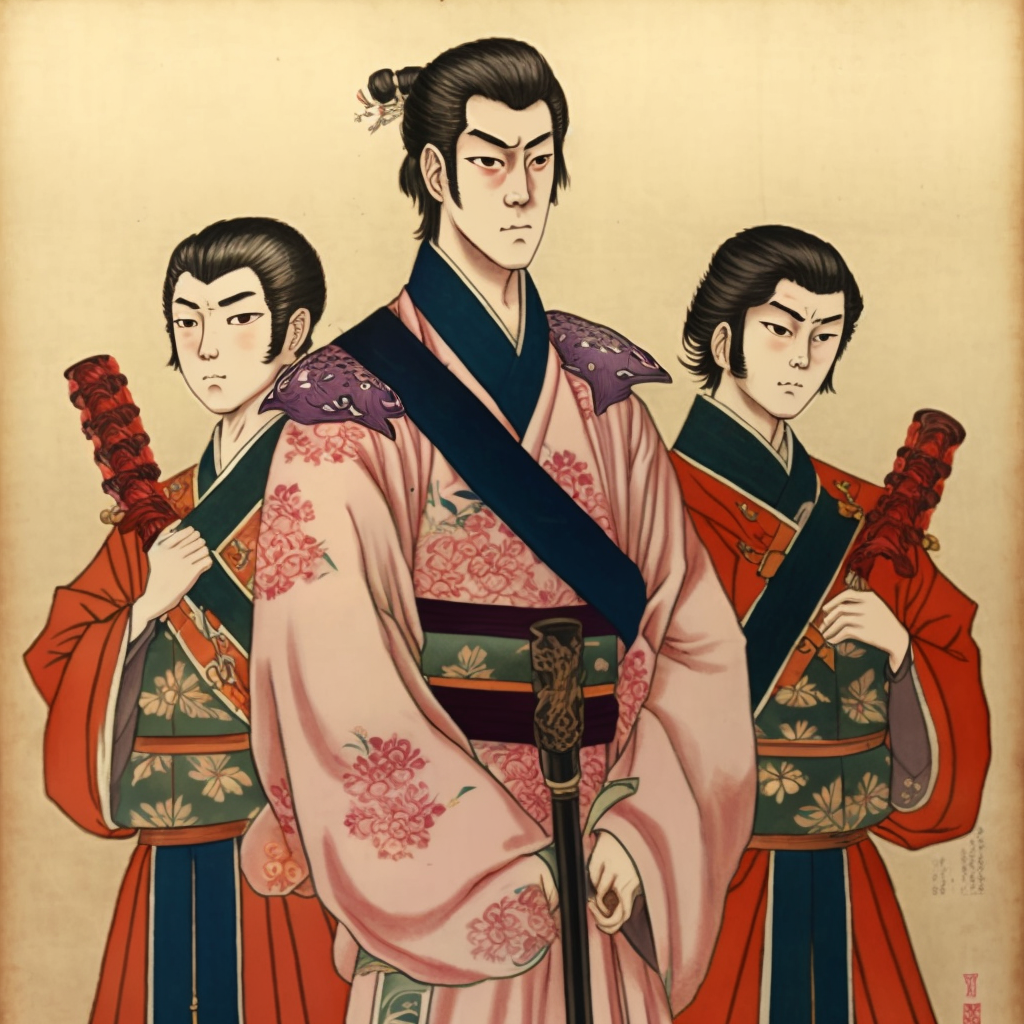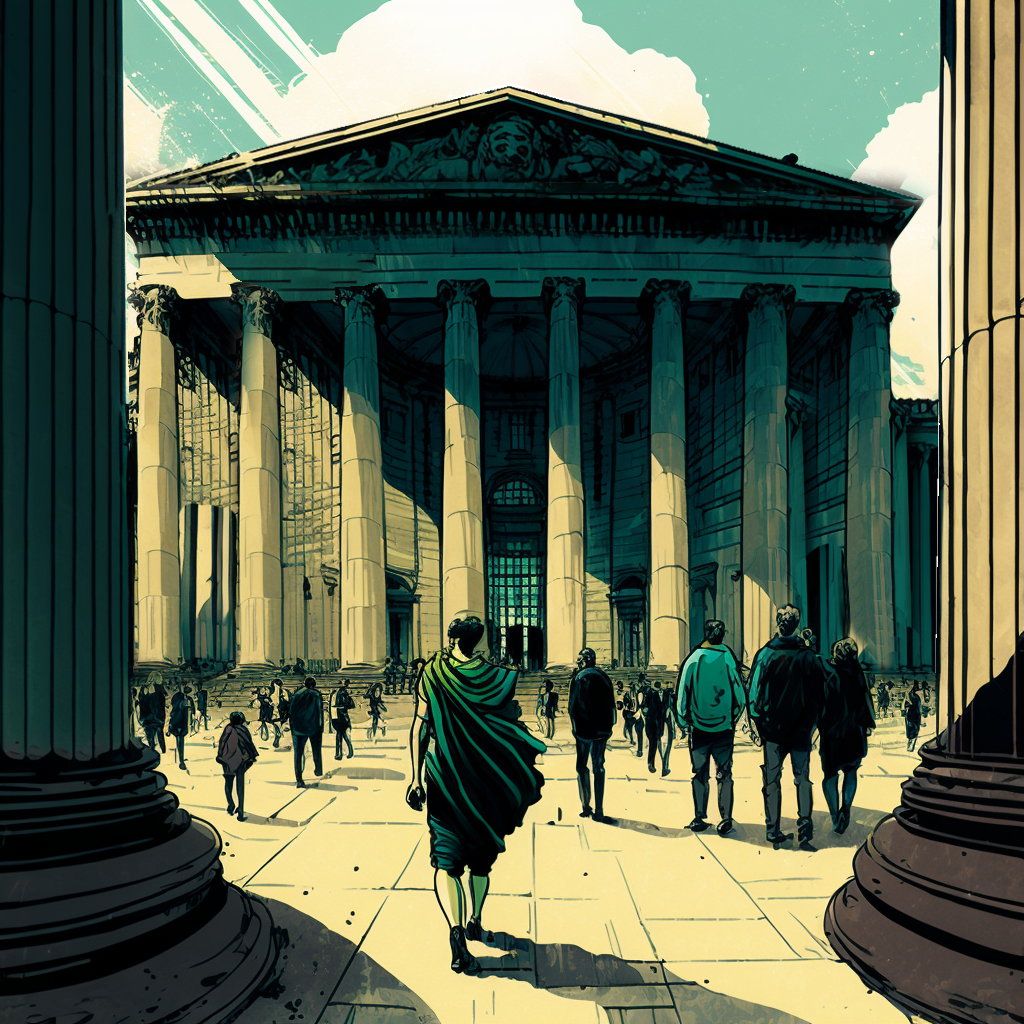Toyotomi Hideyoshi, born in 1537 in Japan, remains one of the most significant figures in Japanese history. Raised in the shadow of feudal conflicts, Hideyoshi became a strategic military leader and unifier of Japan during the Sengoku period. This article explores the fascinating life of Toyotomi Hideyoshi, from his humble beginnings to his rise as one of the three great unifiers of Japan.
Modest Beginnings of Toyotomi Hideyoshi
Born in Owari Province, Hideyoshi had humble beginnings as the son of a peasant. However, his exceptional insight and intelligence attracted the attention of Oda Nobunaga, an influential warlord of the Sengoku era. Hideyoshi started out as a servant, but his dedication and problem-solving skills earned him Nobunaga’s trust and respect.
Rise to Power
With Nobunaga’s death in 1582, Hideyoshi quickly consolidated his power by eliminating his rivals and completing Nobunaga’s campaign to unify Japan. He completed the construction of Osaka Castle, a symbol of his authority, and took the title of “Kampaku” (regent), thus establishing the government of the Toyotomi clan.
Unifier of Japan
Toyotomi Hideyoshi succeeded where Nobunaga had failed by unifying Japan under one authority. His military campaign resulted in the pacification of the country in 1590, marking the beginning of the Momoyama era. Hideyoshi established relative peace and implemented policies to stabilize the country, including confiscating peasants’ weapons to prevent rebellions.
Internal and Cultural Policies
Hideyoshi also left a significant mark on Japan’s domestic politics and culture. He issued edicts to establish a rigid class system, ending social mobility. In addition, he encouraged the construction of castles and roads, thus promoting the economic development of the country. Culturally, Hideyoshi supported Noh theater and ordered the construction of Osaka Castle, an architectural masterpiece.
Ambitious Projects and Early Death
Hideyoshi dreamed of expanding his influence beyond Japan and attempted to invade Korea in 1592, marking the start of the Imjin War. However, his ambitions were not fully realized, and the war ended without a decisive victory. In 1598, Hideyoshi died prematurely, leaving behind a unified empire, but also unfulfilled ambitions.
Legacy of Toyotomi Hideyoshi
Although his reign was relatively short, Toyotomi Hideyoshi left a lasting legacy. His unification of Japan laid the foundation for the Edo era, marked by political stability and cultural development. His influence is also felt in domestic politics, architecture and the arts, leaving an indelible mark on Japanese history.
Toyotomi Hideyoshi remains an emblematic figure in Japanese history, unifying Japan in a tumultuous time. His life, from peasant to regent, is a story of perseverance, military strategy and governance. His legacy continues to influence modern Japan, serving as a reminder of the crucial importance of his actions in shaping the Japanese nation we know today.



